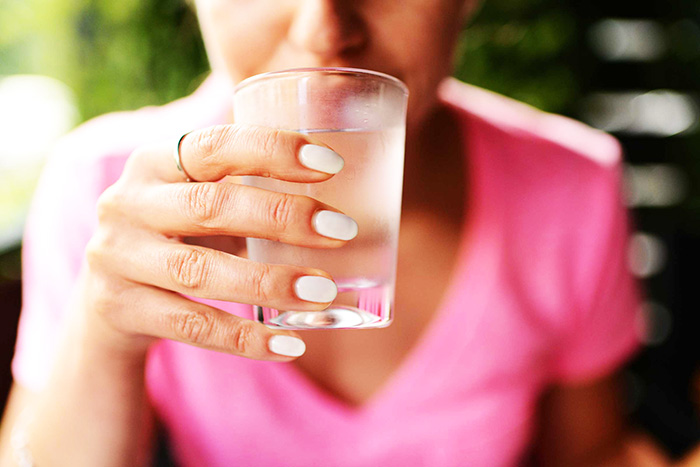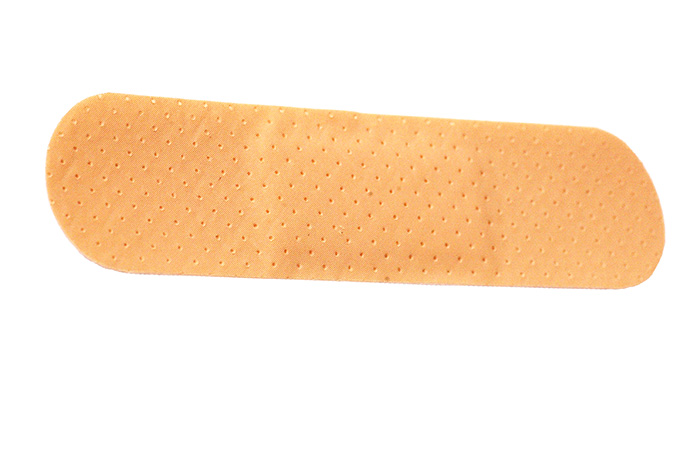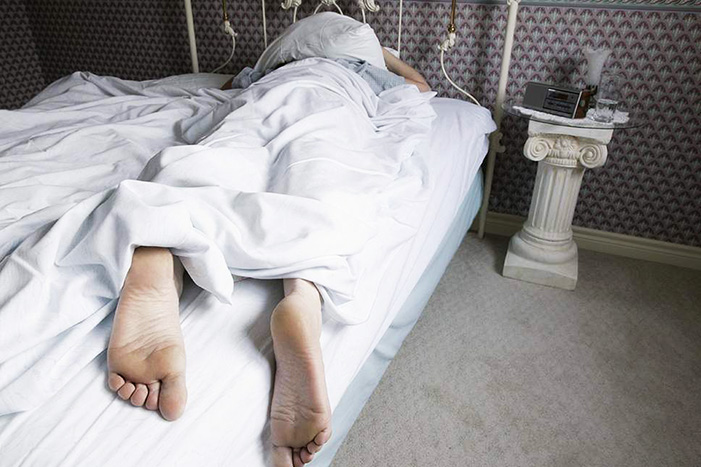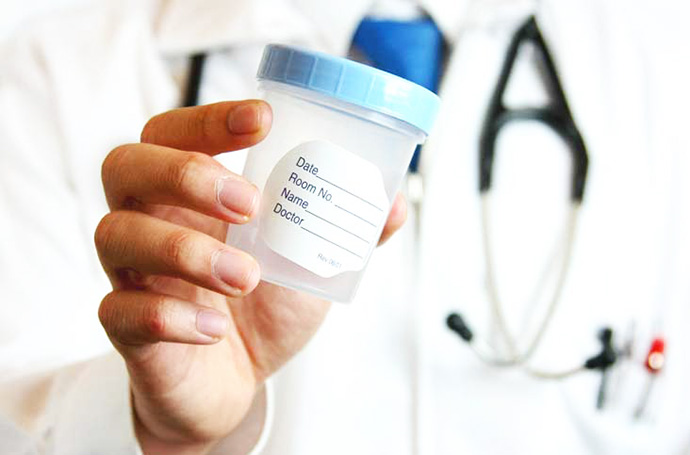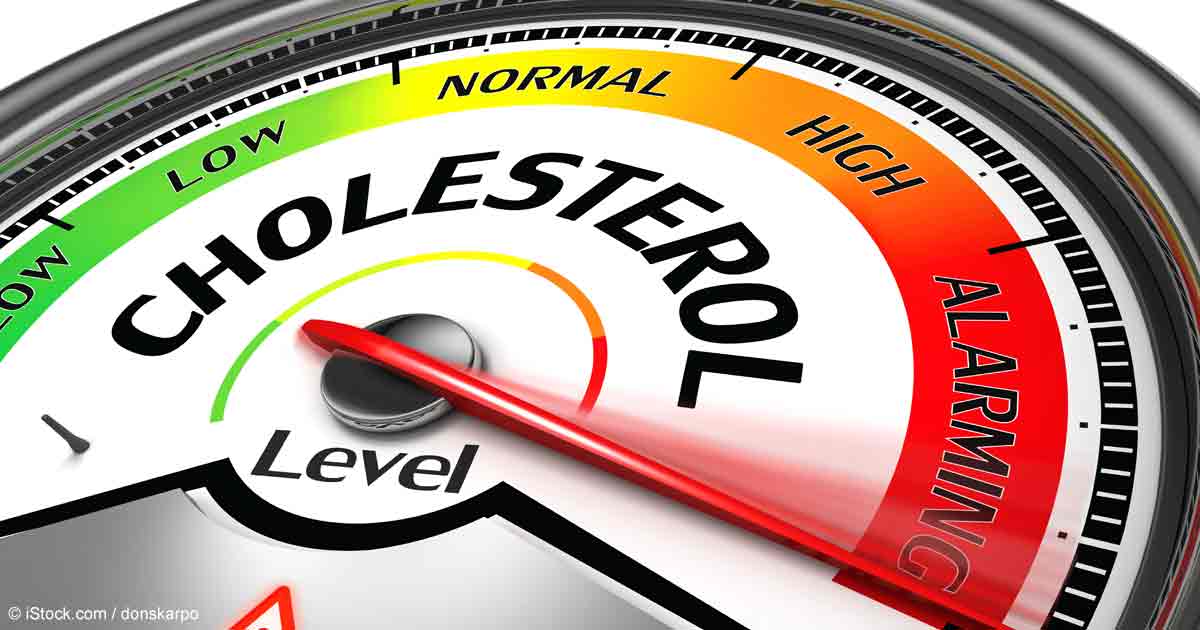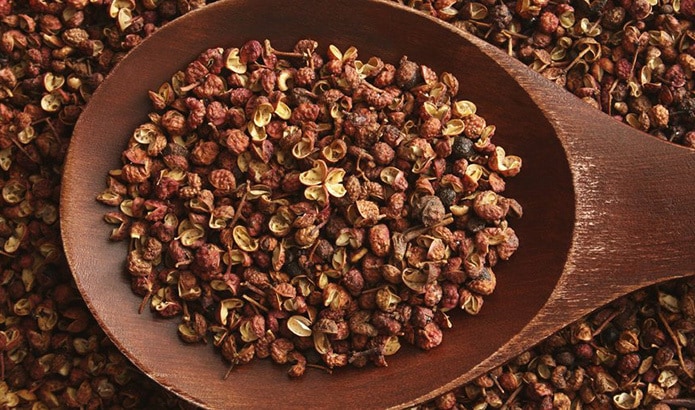Too much cholesterol in the bodies can lead to a myriad of health ailments. It may cause plaque build-up and clog your arteries and ultimately lead to cardiovascular diseases, heart attacks, strokes and more. Crazy, right? If you want to know how to best protect yourself from plaque build-up, then make sure to check the tips below for ways to lessen your body’s cholesterol deposits.
Defining “Cholesterols”
Usually a doctor will order a cholesterol test, and when the results are out, the doctor will take a look at a few numbers.
*LDL (low density lipoproteins). This is what is referred to as the “bad” cholesterol and is well-linked to the development of heart diseases also if left un-treated for long periods of time. So, if you happen to have high LDL levels, relax, you still have time to reverse this process and lower your results. For healthy people, usually the goal is to have LDL levels of less than 130.
*HDL (high density lipoprotein). In contrast, this is the ‘good” cholesterol. Exercising regularly and proper weight maintenance helps increase this number. The goal here is to get an HDL level of more than 40.
*Triglycerides. Another type of “bad” cholesterol and is typically seen as elevated with people who consume a high carbs or high fat diet. The therapeutic goal for healthy adults is less than 150.
*Total cholesterol is the combination of both your good and bad cholesterol levels.

Ways to Lower Your Cholesterol Levels Minus the Medications
Now that you’re familiar to the fact that high cholesterol levels need your attention, then you might as well employ some strategies to lower those numbers. There are of course medications that can help you achieve your goal, but if you want to do it the natural way and without the use of any maintenance pills, then please feel free to discuss the following tips with your doctor before proceeding with your plan.
- Limiting your total cholesterol. Your daily cholesterol threshold should be no more than 100 mg. Make sure to keep count of your intake by reading the labels of the food you eat. If reading labels is not your forte, ask a dietician’s help for some explanation and basic know how.
- Steer clear of trans fat. This kind of fat is mostly included in processed and fried foods, and sweets. Your daily diet should contain as little amount of trans fats as possible to get your cholesterol levels lowered.
- Limit your saturated fat intake. Your saturated fat intake should be no more than 5% of your total caloric intake for the day. That’s roughly 10 grams a day for most people.
- Limit carbohydrates. Make sure to eat a complete and balanced diet. Eat complex carbohydrates that are easier to metabolize by the body like brown rice and whole wheat breads instead of white ones. Lesser carbohydrate intake will help lower your cholesterol levels and can aid in achieving your weight loss goals too.
- Increase fiber intake. For adults, the daily recommended fiber consumption is a minimum of 5 servings of fruits and vegetables (around 25 grams fiber). Fiber can also be found in oats, barley, fortified cereals and whole wheats.
- Limit alcohol consumption. This is a big source of fats and triglycerides, not to mention calories which can make you gain weight. So make sure that you limit your drinking, and if you must drink, op for red wine which is a much healthier alternative to beer.
- Consume Non-fat dairy.
- Eat plant-based proteins such as tofu, soy beans and more.
- Shed excess weight.
- Exercise and strive to lead an active and healthier lifestyle.
